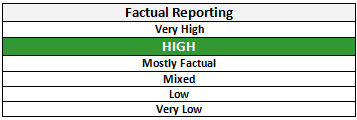In a sumo match, once the battle is over, the victorious wrestler performs a ceremonial hand gesture known as “手刀” (tegatana) or “hand sword.” This tradition, which mimics sword-cutting strokes, is not only a celebration of victory but also a sign of appreciation for the deities of victory. The custom of awarding prize money alongside these gestures was incorporated in 1955, but it wasn’t until 1966 that a standardized hand gesture was adopted under the guidance of former Yokozuna Futabayama, the then-chairman of the Japan Sumo Association.
- The victorious wrestler performs a ceremonial hand gesture after a sumo match.
- This gesture resembles sword-cutting strokes and signifies victory and appreciation for the deities of victory.
- Prize money was introduced to the sumo tournament system in 1955, with wrestlers initially using their own gestures.
- In 1966, former Yokozuna Futabayama standardized the hand gesture to bring more decorum to the sport.
- The standardized hand gesture has since become a part of sumo tradition.
NHK WORLD-JAPAN is “the international service of Japan’s public media organization NHK.” NHK World-Japan is operated by Nippon Hoso Kyokai (NHK). The goal of NHK World-Japan is stated as “to promote a deeper international understanding of Japan, introducing the latest events in Japan through news and other programs.”
“Overall, we rate NHK World-Japan Left-Center biased based on story selection that slightly favors the left. We also rate them High for factual reporting due to a clean fact check record.”
https://mediabiasfactcheck.com/nhk-world/


Official website: https://www3.nhk.or.jp/nhkworld/
Original video here.
This summary has been generated by AI.
